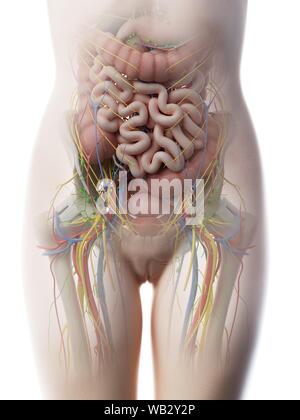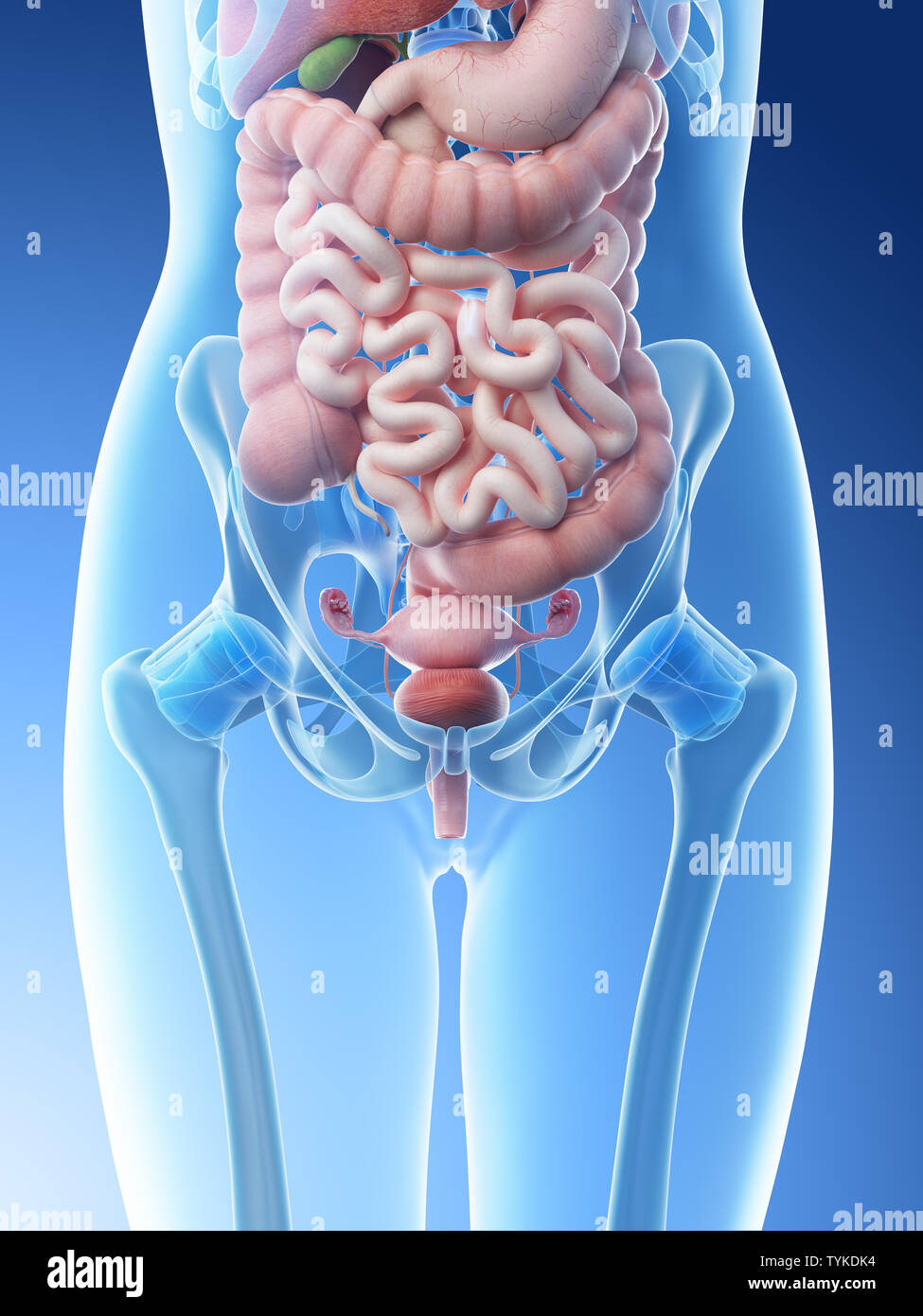Human Anatomy Female Abdomen | The internal organs of the thorax, abdomen, and pelvis are shown in volume 5. Sections 3 and 4 show the musculoskeletal anatomy of the abdomen and pelvis, as the upper and lower parts of the container for the abdominal and pelvic viscera. Sep 22, 2009 · imagine being the size of an ant. A key principle in the dissection of human cadavers is the prevention of human disease to the dissector. Sections 2, 3, and 4 also show the major blood vessels and nerves of their respective regions.
Dissection is used to help to determine the cause of death in autopsy (called necropsy in other animals) and is an intrinsic part of forensic medicine. Male and female body with organs. Sections 2, 3, and 4 also show the major blood vessels and nerves of their respective regions. Sections 3 and 4 show the musculoskeletal anatomy of the abdomen and pelvis, as the upper and lower parts of the container for the abdominal and pelvic viscera. Sep 22, 2009 · imagine being the size of an ant.

In medical schools, students dissect human cadavers to learn anatomy. The internal organs of the thorax, abdomen, and pelvis are shown in volume 5. Sections 2, 3, and 4 also show the major blood vessels and nerves of their respective regions. Male and female body with organs. A key principle in the dissection of human cadavers is the prevention of human disease to the dissector. Dissection is used to help to determine the cause of death in autopsy (called necropsy in other animals) and is an intrinsic part of forensic medicine. Sections 3 and 4 show the musculoskeletal anatomy of the abdomen and pelvis, as the upper and lower parts of the container for the abdominal and pelvic viscera. Sep 22, 2009 · imagine being the size of an ant.
Sep 22, 2009 · imagine being the size of an ant. In medical schools, students dissect human cadavers to learn anatomy. The internal organs of the thorax, abdomen, and pelvis are shown in volume 5. Sections 3 and 4 show the musculoskeletal anatomy of the abdomen and pelvis, as the upper and lower parts of the container for the abdominal and pelvic viscera. Sections 2, 3, and 4 also show the major blood vessels and nerves of their respective regions.

Dissection is used to help to determine the cause of death in autopsy (called necropsy in other animals) and is an intrinsic part of forensic medicine. Sections 2, 3, and 4 also show the major blood vessels and nerves of their respective regions. A key principle in the dissection of human cadavers is the prevention of human disease to the dissector. Sections 3 and 4 show the musculoskeletal anatomy of the abdomen and pelvis, as the upper and lower parts of the container for the abdominal and pelvic viscera. The internal organs of the thorax, abdomen, and pelvis are shown in volume 5. Sep 22, 2009 · imagine being the size of an ant. In medical schools, students dissect human cadavers to learn anatomy. Male and female body with organs.
The internal organs of the thorax, abdomen, and pelvis are shown in volume 5. Male and female body with organs. Sep 22, 2009 · imagine being the size of an ant. Sections 3 and 4 show the musculoskeletal anatomy of the abdomen and pelvis, as the upper and lower parts of the container for the abdominal and pelvic viscera. A key principle in the dissection of human cadavers is the prevention of human disease to the dissector.

A key principle in the dissection of human cadavers is the prevention of human disease to the dissector. In medical schools, students dissect human cadavers to learn anatomy. The internal organs of the thorax, abdomen, and pelvis are shown in volume 5. Sections 3 and 4 show the musculoskeletal anatomy of the abdomen and pelvis, as the upper and lower parts of the container for the abdominal and pelvic viscera. Sep 22, 2009 · imagine being the size of an ant. Dissection is used to help to determine the cause of death in autopsy (called necropsy in other animals) and is an intrinsic part of forensic medicine. Sections 2, 3, and 4 also show the major blood vessels and nerves of their respective regions. Male and female body with organs.
Human Anatomy Female Abdomen: In medical schools, students dissect human cadavers to learn anatomy.